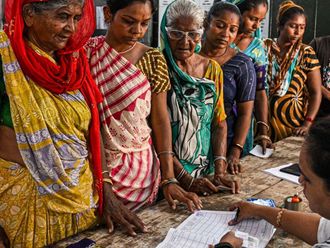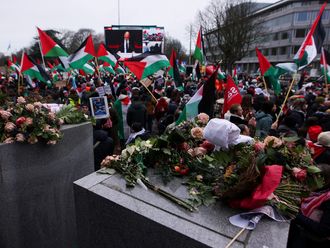The new plan for peace in the troubled Mindanao region of the Philippines is an important breakthrough and the widespread support for the deal from supporters of both the government and the Muslim rebels in the southern region is a cause for great optimism. But this optimism must be tempered with caution since the plans have a very long way to go before they become a reality in 2016.
President Benigno Aquino was probably over-optimistic when he said that the new deal between his government and the Mindanao Islamic Liberation Front (MILF) paves the way for a final and enduring peace in Mindanao.
A similar deal in 1996 between the Moro National Liberation Front (MNLF) and Gloria Arroyo’s government collapsed in 2008 at the final moment amid intense domestic opposition. It is also suspicious that the timing of the announcement of the deal coincides with the run-up to the mid-term elections and may have been planed to give the government’s candidates a “peace boost”.
The insurgency has lasted for more than 40 years and the failure of the previous arrangement with the MNLF was also coupled with strong allegations of blatant corruption in the MNLF’s regional Mindanao government. The MILF refused to join that arrangement, but it has a long history of seeking a peace deal.
The MILF first began peace talks with the government in 1997, which fell apart when then president Joseph Estrada declared an all-out war against the rebels in 1998. The talks were restarted under Arroyo in 2003, but failed again in 2008. Aquino reinvigorated the peace process last year when he met the MILF chairman, Murad Ebrahim, in Japan for the first ever face-to-face talks between a sitting Filipino president and a MILF leader.
But the way forward is now clear. The government and the MILF need to come to a clear mutual understanding in which the largely Christian Filipino population of the country needs to recognise that it must include the Muslim minority in Mindanao effectively in its regional government.








